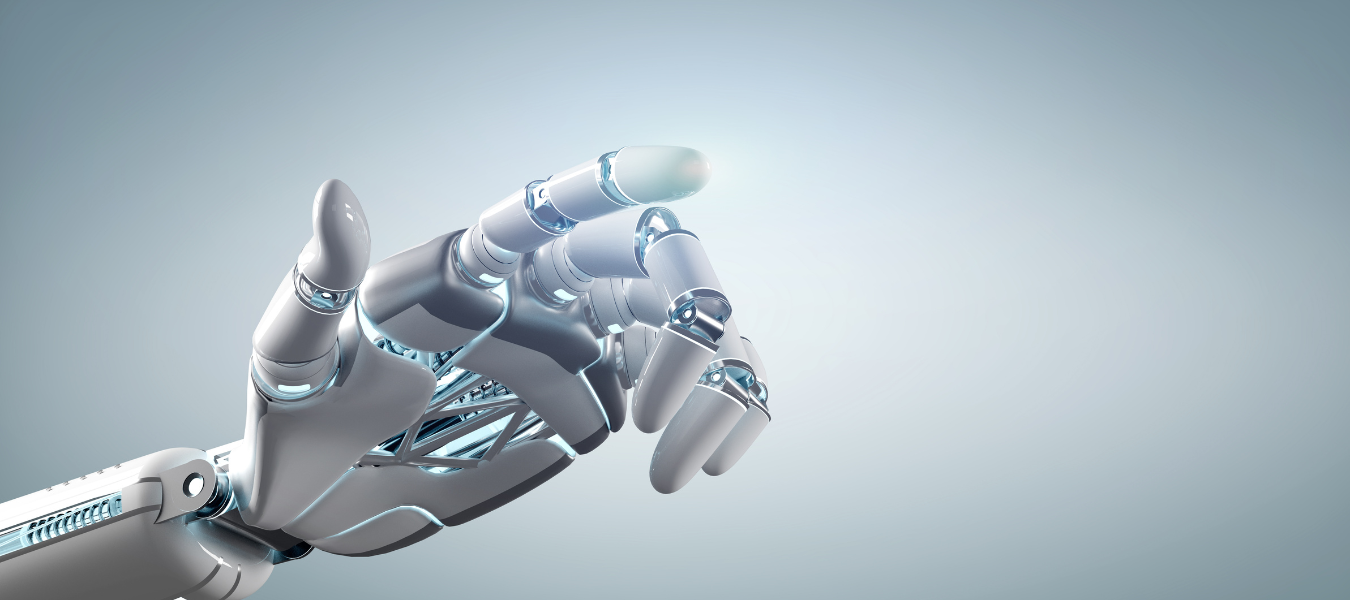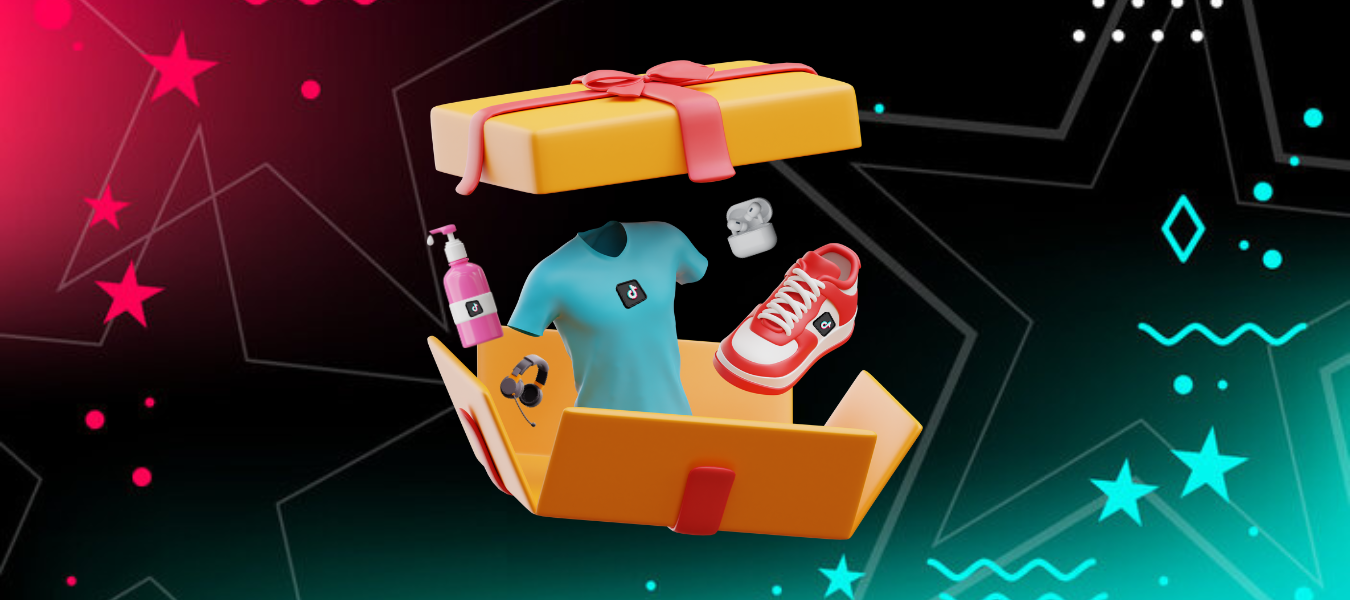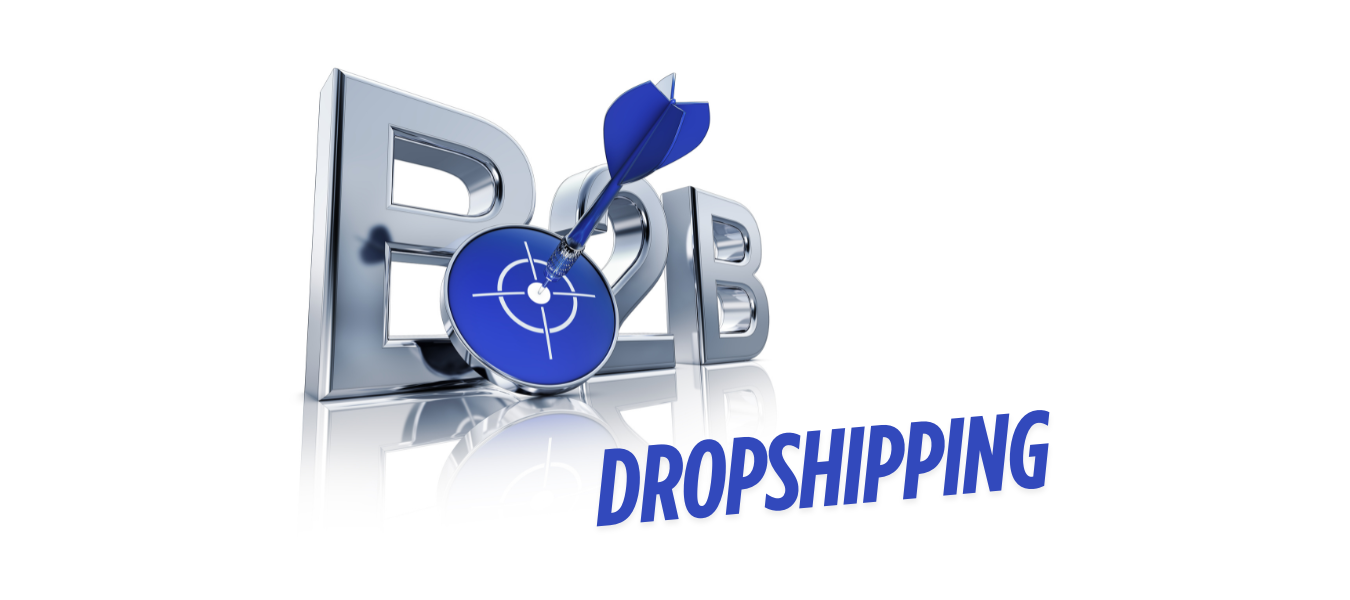



Dropshipping has always been about speed, scale, and adaptability. In 2025, the ecommerce landscape is evolving faster than ever — and AI is leading that evolution. For dropshippers, it’s no longer just a tool for the future; it’s a powerful engine for daily operations, customer experience, and profitability.
Whether you’re just starting a dropshipping business or scaling to your next milestone, understanding how to use AI for dropshipping can give you a serious competitive edge. From writing high-converting product descriptions and automating customer support, to finding winning products faster and predicting market trends, AI is transforming how online sellers work.
In this guide, we’ll explore exactly how to integrate AI into your dropshipping strategy — with real use cases, tools, and tips for every stage of your business. If you’re ready to unlock smarter automation, boost your conversion rate, and make data-driven decisions faster, this article is for you.
Let’s take a closer look at what AI in ecommerce and dropshipping really means — and how you can make it work for your store.
Artificial intelligence isn’t just a “nice option” in ecommerce anymore. In 2025, it’s becoming the backbone of how successful dropshipping stores operate — especially for those seeking growth, automation, and customer satisfaction at scale.
So, what is AI in dropshipping, exactly? At its core, it refers to the use of machine learning, natural language processing, and other smart technologies to automate, optimize, and enhance different parts of your business. From AI product research tools for dropshipping to AI chatbots for Shopify stores, there are now platforms and software designed specifically to handle repetitive tasks — freeing you up to focus on strategy.
You can use AI tools to boost dropshipping sales by analyzing massive sets of data in seconds, predicting product performance, optimizing pricing, and even designing ad creatives. For instance, AI product copy generators for ecommerce help you craft compelling listings without spending hours writing, while AI-powered niche selection tools can recommend untapped markets based on consumer behavior.
Even better? Many AI-powered dropshipping automation tools now integrate directly into platforms like Shopify, allowing you to automate order tracking, delivery updates, and 24/7 customer service using AI chatbots — a major upgrade for customer experience.
Understanding these tools — and how they work together — is the first step toward building a smarter, faster, and more resilient ecommerce business. In the next section, we’ll break down exactly how to use these tools in your daily operations.
Check our recent blog about Best Dropshipping Software for more insightful tips.
AI is now embedded into the most critical stages of running a modern ecommerce business. From product research to customer service, here’s how to use AI for dropshipping effectively in 2025.
Product listings still matter — a lot. But writing them manually for dozens or even hundreds of products? That’s where AI product copy generators for ecommerce come in. Tools like ChatGPT, Jasper, and others are now used to write product descriptions with AI that are optimized for both SEO and sales. They help you craft engaging, keyword-rich titles and persuasive bullet points that convert.
By using AI for dropshipping product titles and tags, you can ensure your listings align with buyer search intent, boosting visibility on marketplaces and search engines.
Choosing the right product can make or break your store. Fortunately, AI product research tools for dropshipping now analyze vast market data, trending keywords, and competitor catalogs in seconds. Tools like Mysellerhub and others use AI for finding winning dropshipping products — recommending items based on sales potential, seasonality, and audience fit.
It’s also common to combine this with AI-powered niche selection to find untapped product categories with high ROI potential.
One of the most promising applications of AI in ecommerce is predictive analytics in dropshipping. Rather than guessing which trend will go viral next, AI trend prediction tools track real-time data from platforms like Google Trends, Pinterest, and TikTok to forecast demand patterns.
This gives you a serious edge when launching new products — especially in time-sensitive niches like fashion, tech accessories, or seasonal items.
Manual competitor analysis is time-consuming. But with AI competitor analysis tools for dropshippers, you can monitor what similar stores are doing, how their pricing changes, and which products are gaining traction. Some tools even generate side-by-side comparisons, allowing you to make fast decisions with AI in dropshipping based on live data.
Visual content sells. With the rise of AI image generators for dropshipping ads and AI-generated video ads for products, you no longer need to rely on expensive designers or stock photography. These tools create realistic mockups, animated product showcases, and social media content tailored to your niche.
This is particularly useful for POD and fashion stores, where presentation directly affects conversions.
Customer expectations have evolved — buyers now expect immediate replies. That’s why many store owners are turning to AI-powered customer service with tools like Tidio, Chatfuel, and Shopify Inbox. These customer support chatbots for dropshipping handle FAQs, shipping inquiries, and refund requests even while you sleep.
You’ll improve retention, lower bounce rates, and maintain professionalism without needing to expand your team.
Competitive pricing is key — but tracking price changes manually is impossible at scale. That’s why AI pricing optimization for dropshipping is on the rise. These systems monitor competitor prices, shipping costs, and conversion data, adjusting your pricing in real-time to maximize profit margins.
This strategy is especially effective for high-volume stores or those operating in saturated markets.
Using AI in ecommerce and dropshipping isn’t just about automation — it’s about building a smarter, more agile, and scalable business. Here are the biggest benefits of using AI in dropshipping in 2025.
One of the core advantages of AI for dropshipping store management is how much time and manual effort it saves. By integrating AI-powered dropshipping automation tools, you can streamline repetitive tasks like inventory updates, order tracking, and customer communication. This allows you to scale your business faster — and focus on growth instead of micromanagement.
Many of the best AI platforms for dropshippers now offer full integration with Shopify and WooCommerce, helping automate everything from supplier syncing to marketing campaigns.
In fast-paced ecommerce markets, delayed decisions can cost you. With AI-powered decision making for online stores, you get instant access to insights about pricing, trends, customer behavior, and ad performance.
From AI pricing optimization for dropshipping to real-time product performance dashboards, these tools enable fast decision making with AI in dropshipping, keeping your store agile and competitive.
When you’re running lean, finding growth opportunities quickly is essential. Tools built on AI for identifying dropshipping opportunities use pattern recognition, competitor tracking, and market analysis to highlight trending niches, untapped products, and seasonal demand spikes.
Paired with AI to analyze dropshipping trends, you’ll know not just what to sell — but when and how to market it.
Good customer service makes or breaks repeat business. With 24/7 AI customer service for ecommerce, you’re always available to answer questions and resolve issues, even outside business hours. AI also supports personalized ecommerce experiences, adapting product recommendations and messaging based on buyer behavior.
This leads to lower cart abandonment, higher retention, and better reviews — all without overloading your support team.
When it comes to integrating AI into your daily dropshipping workflow, platforms like Mysellerhub are leading the way. Designed for modern ecommerce sellers, Mysellerhub brings together key AI dropshipping automation tools into a single, intuitive dashboard.
From AI product research tools for dropshipping to automated inventory sync, the platform simplifies everything — especially for store owners using Shopify, eBay, and other major channels. It uses intelligent algorithms to help you identify trending products, monitor real-time stock levels, and even optimize pricing strategies using AI pricing optimization for dropshipping.
If you’re serious about scaling efficiently, Mysellerhub makes it easier to automate dropshipping with AI, speed up operations, and tap into data-driven decision-making — without needing to be a tech expert.
AI is no longer just a buzzword — it’s transforming how modern entrepreneurs manage and scale their dropshipping stores. From AI product research tools that uncover hidden winners to AI-powered automation platforms like Mysellerhub, the technology makes it easier to stay competitive, efficient, and profitable.
Whether you’re using AI to write product descriptions, generate ad creatives, or optimize pricing, the benefits of AI in ecommerce and dropshipping are both immediate and long-term. It allows for faster decisions, better trend prediction, improved customer service, and smarter store management — all without adding to your workload.
As the future of dropshipping with AI continues to evolve, staying ahead means embracing tools that automate the routine, enhance your strategy, and give you the insight needed to grow. The earlier you start integrating AI into your store, the more you’ll be prepared for what’s next.





